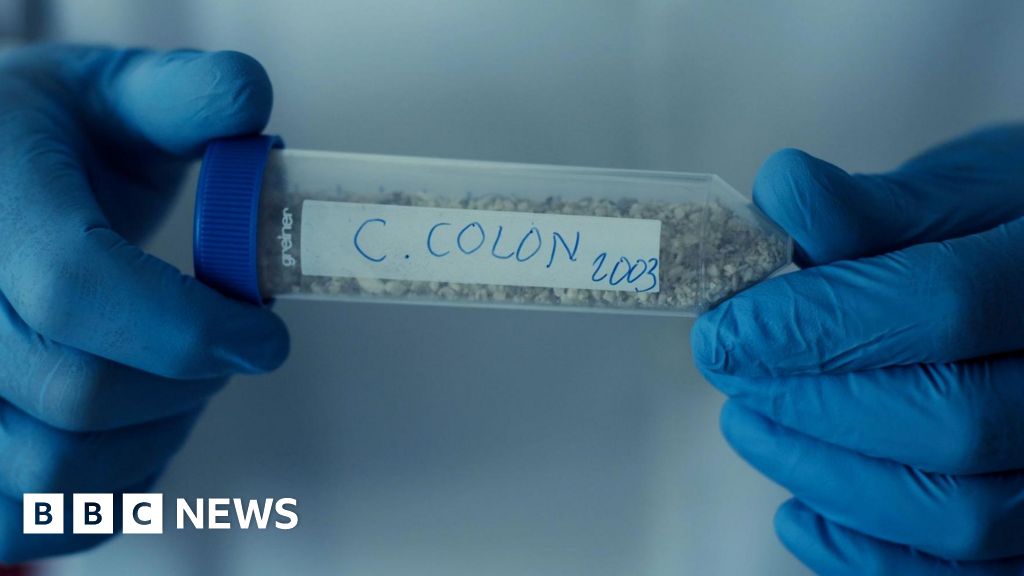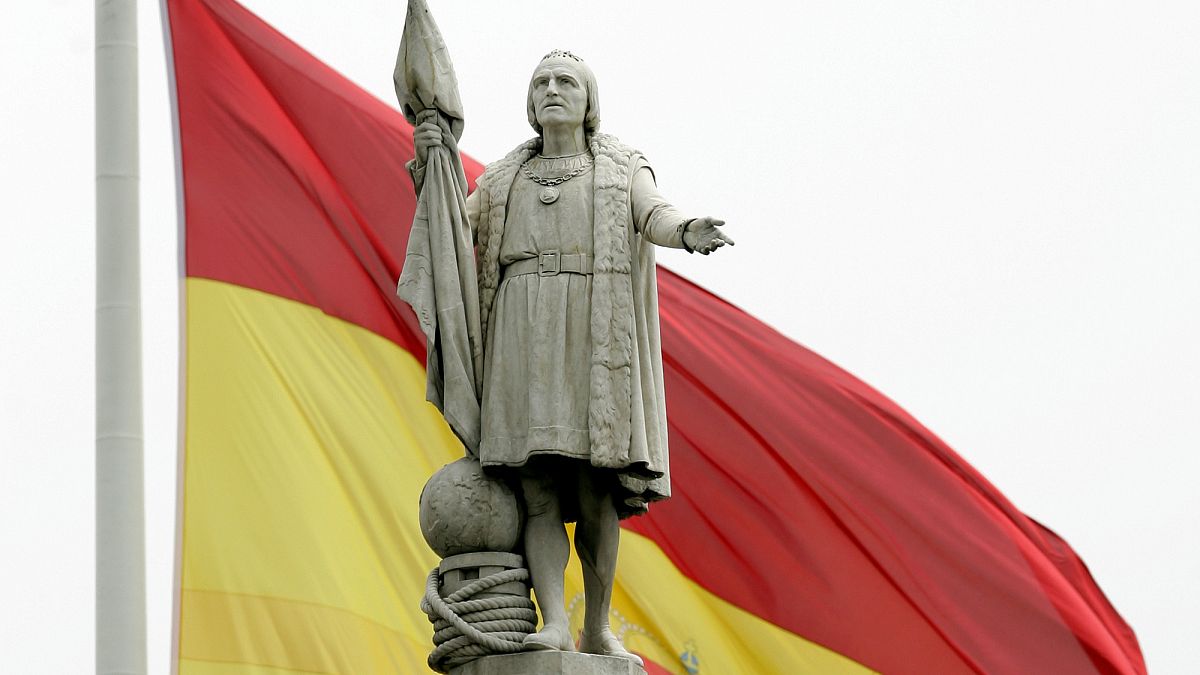After centuries of speculation about where Christopher Columbus is truly buried, a scientific study led by forensic medical expert Dr. José Antonio Lorente from the University of Granada has conclusively determined that the remains in Seville Cathedral are those of Columbus.

Also Read: Oldest Cheese News: 3,600-Year-Old Cheese Discovered with Tarim Mummies
Columbus passed away in 1506 in Valladolid, Spain and has had a posthumous journey that has fueled speculation about his burial place.
He was buried in Valladolid, but his remains were transported to Hispaniola (now divided into Haiti and the Dominican Republic) in 1542, then moved to Cuba in 1795 and finally to Seville in 1898, following Spain’s loss of control over Cuba after the Spanish-American War.
The uncertainty surrounding his burial location is partly due to his remains being moved multiple times. Columbus’s desire to be buried in Hispaniola resulted in his body being taken to the island decades after his death.
His remains were transported to Cuba in 1795 before returning to Spain in the late 19th century. Adding to the confusion was the discovery of a small lead box in Santo Domingo in 1877.
The box contained bones inscribed as belonging to the Illustrious and distinguished male, Christopher Columbus. These remains were later buried in the Faro a Colón monument in Santo Domingo leading to Dominican claims that they held the true remains of the explorer.
The project to determine the origins of Christopher Columbus started in 2003 when Professor José Antonio Lorente, a forensic medicine expert from Granada University and historian Marcial Castro, exhumed the bones of Columbus from Seville Cathedral.
DNA samples were taken from Columbus’s remains along with those of his son Hernando and his brother Diego, to provide a basis for comparison.
Over the years, these samples have been matched with DNA from historical figures across multiple countries including Spain, Italy, and Portugal.
For centuries, there has beencontroversy about the final resting place of Columbus. Spain’s Seville Cathedral houses an elaborate mausoleum dedicated to Columbus, but the Dominican Republic has claimed that his true remains are in Santo Domingo.
In 1877, bone fragments believed to be Columbus’s were found in the Santo Domingo Cathedral.
The study conducted by Lorente’s team has definitively confirmed that the remains in Seville belong to Christopher Columbus, though some remains may still exist in the Dominican Republic, as the Seville remains are incomplete.
Advances in DNA analysis and forensic technologies have enabled researchers to improve the accuracy of their findings.
Lorente stated that with these technologies, his team could now prove beyond all doubt that the remains in Seville are those of Columbus.
This breakthrough in DNA technology plays a vital role in solving the mystery of Columbus’s true origin, with researchers using genetic comparisons with people believed to be Columbus’s relatives across various countries.
Also Read: Egypt: Sword with Markings of Pharaoh Ramses II Discovered
The results of this DNA analysis will be revealed in a documentary titled Columbus DNA: The True Origin, which will air on Spain’s national broadcaster RTVE.
This documentary described as a documentary thriller is set to release on a national holiday commemorating Columbus’s arrival in the Americas on October 12th, 1492.
While the traditional theory suggests that Christopher Columbus was born in Genoa, Italy, other theories have proposed that he hailed from different regions.
Lorente’s team has narrowed down the list of possible birthplaces to eight key locations in Spain, Portugal and Italy.
The northwestern Spanish region of Galicia and the Balearic island of Mallorca are contenders, with one theory suggesting that Columbus was the illegitimate son of the Prince of Viana, brother of King Ferdinand of Spain. This would explain the royal connection that enabled his expedition.
Another hypothesis speculates that Columbus was a Jew from the Mediterranean port city of Valencia. This theory suggests that Columbus hid his Jewish heritage to avoid persecution by Spain’s fervently Catholic monarchs during the time of the Spanish Inquisition.
Other theories claim that Columbus may have originated from Portugal. One theory proposes that he was a nobleman-pirate named Pedro de Ataíde, a Portuguese aristocrat who adopted the identity of Columbus.
In total, more than 25 different regions and countries have claimed Columbus as their own including distant places like Poland, Scotland, Hungary and Scandinavia.
Columbus’s journey in 1492 sponsored by the Spanish Crown sought to establish a new trade route to the Far East, but he ended up landing in the Caribbean.
Although Columbus’s discoveries opened the door to European colonization, the aftermath of his expeditions also brought consequences for indigenous populations in the Americas including the introduction of diseases and forced labor.
The celebration of Columbus’s achievements has become controversial over time with many arguing that his expeditions were by violence and exploitation.
While the documentary will reveal findings, Professor Lorente mentioned that additional scientific data is still being processed and will be presented in November.
Many argue that the holiday overlooks the suffering of indigenous peoples caused by European colonization. To address these concerns, the US now observes Indigenous Peoples Day on the same day as Columbus Day.
Also Read: Easter Island Population Didn’t Collapse, New DNA Evidence Reveals Connections with Native Americans




